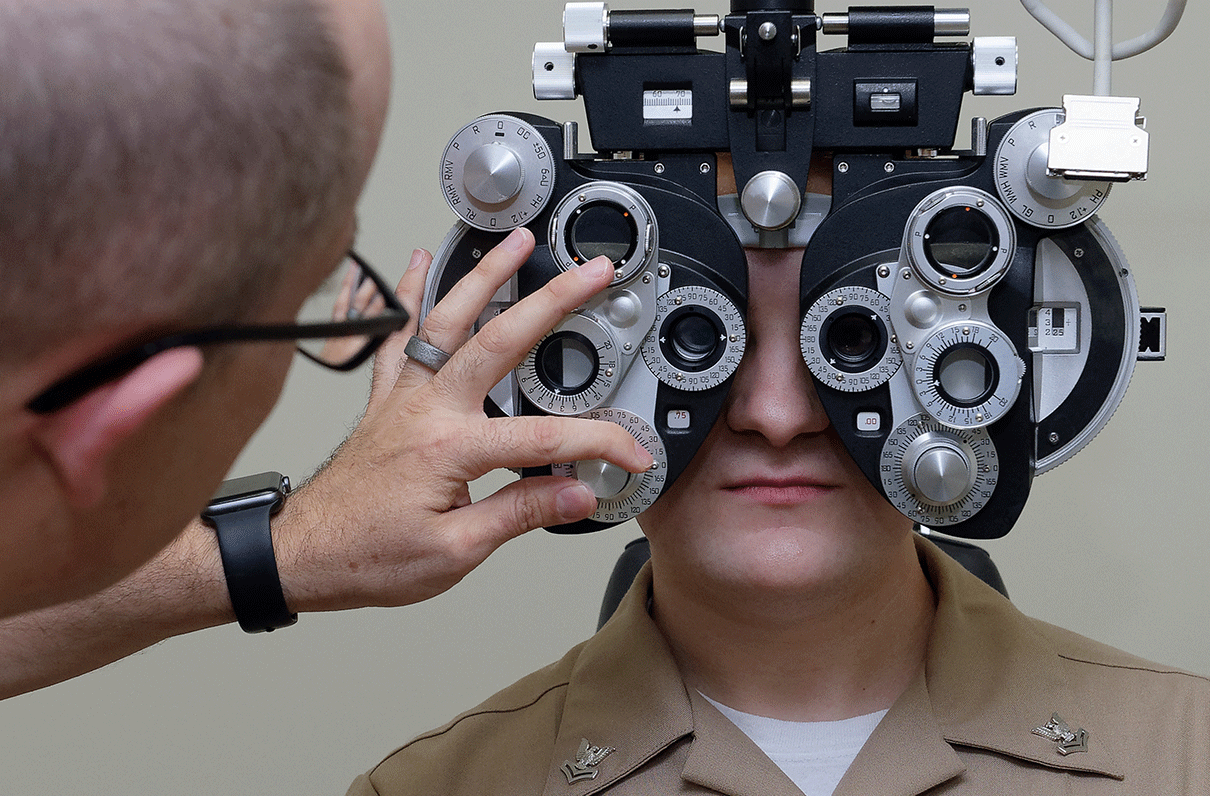Change is coming…and fast.
MOAA has learned that the Defense Health Agency (DHA) will assume command and control of all military treatment facilities (MTFs) by Oct. 1, 2019. Original plans called for a phased approach to this goal by 2021. This is an aggressive undertaking, and officials admit it will require considerable effort to get it right — efforts that unquestionably would be hampered by a 20% reduction in military medical billets.
In the U.S. alone, DoD will establish 20 large-market areas and 16 small markets, as well as numerous stand-alone MTF’s in rural areas, according to a message that DHA Director Vice Adm. Raquel Bono circulated among leadership. They will transition from a military service-led model into what they term a “market construct.”
What will this mean for the beneficiary population? There will be disruptions for retirees as well as military families. Many already are being told to find providers outside of the MTFs, a move that will only become more pronounced by this accelerated timeline.
[ACT NOW: Tell Congress Not to Dismantle Military Medicine]
What would these “markets” look like? There’s really only one example: the National Capital Region has been established as a market under the purview of the DHA for close to two years. This market has two major medical centers, Walter Reed National Military Medical Center in Bethesda, Md., and Fort Belvoir Community Hospital in Virginia. These tri-Service facilities are major referral centers, medical readiness teaching platforms and heavily concentrated with beneficiaries.
This should be a well-oiled market, except that it is not.
MOAA has learned of major issues with technician and nurse staffing which has resulted in major reductions in operating room capacity and putting valuable surgical training programs at risk. Many beneficiaries from all specialties have been referred out to the TRICARE networks. If the pinnacle of military medicine, Walter Reed, is having these critical issues, what can we expect from all of the other MTF’s?
These changes, and plans to reduce the military medical footprint by about 18,000 positions, are a deep concern for MOAA, especially in a compressed timeline. More families will be told to go outside military installations for care, MTFs will offer reduced services for pediatrics and obstetrics (among other areas), and overall readiness will be threatened.
MOAA continues to urge Congress to provide greater control and oversight over these reforms and, at a minimum, adopt the provision addressing this issue in H.R. 2500, the House version of the National Defense Authorization Act. Tell your lawmakers you support this provision today, and ask them to protect military medicine.




